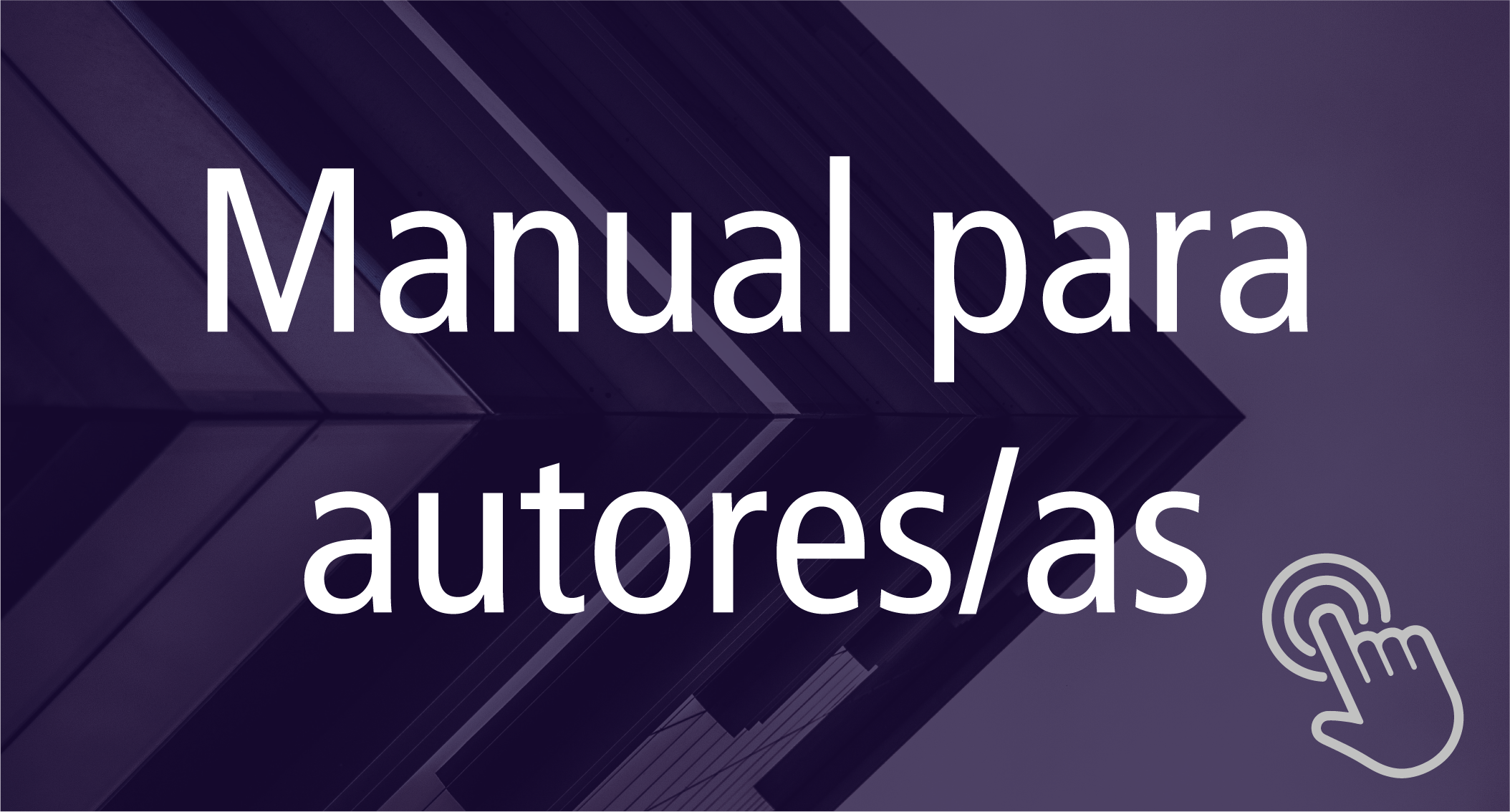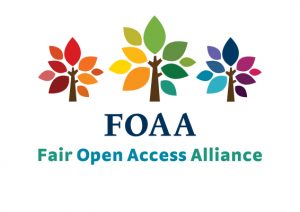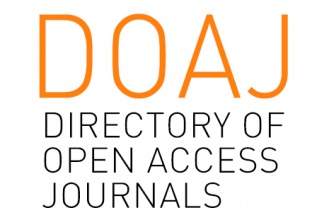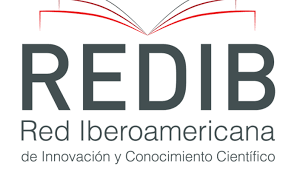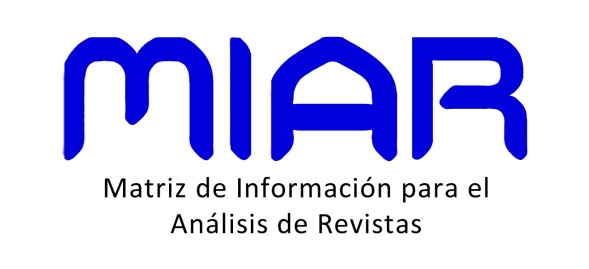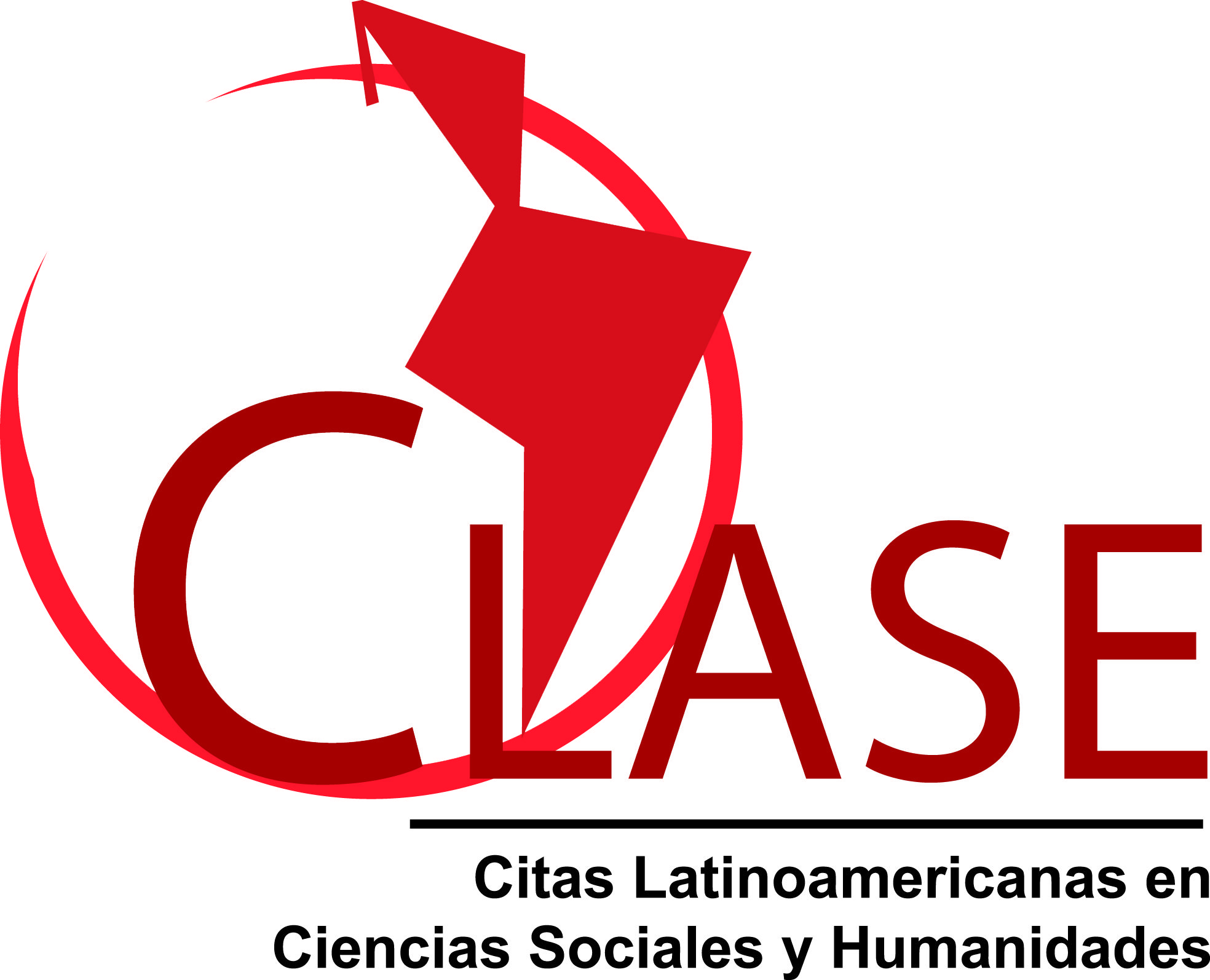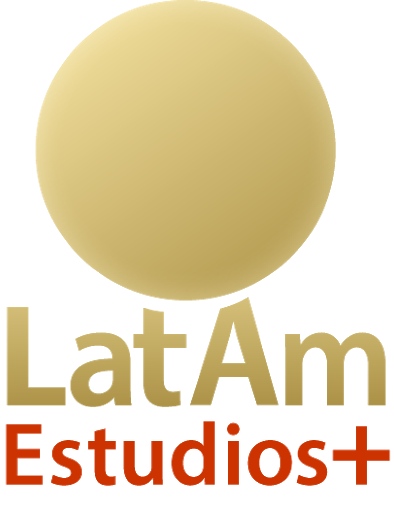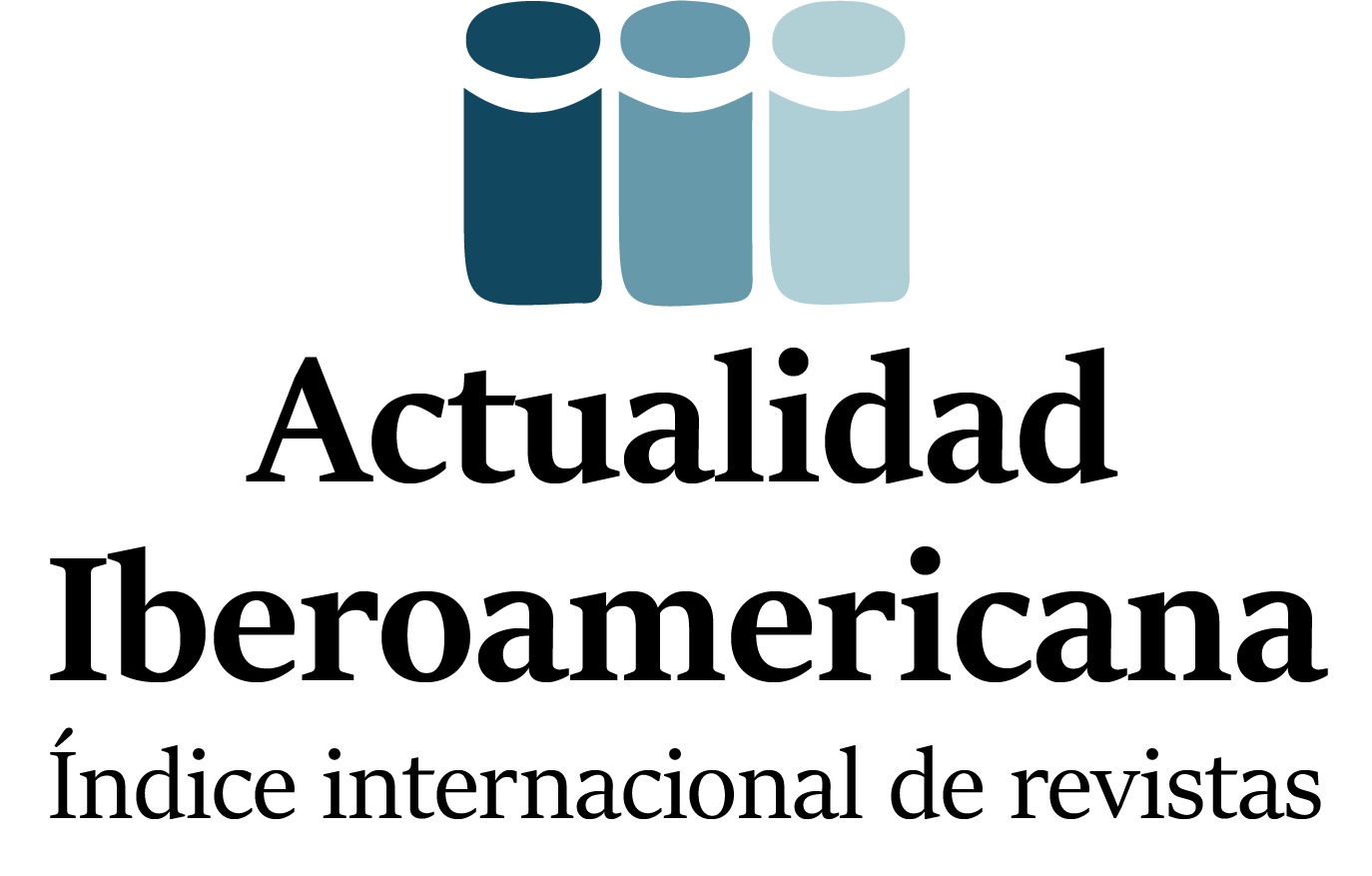Categorización fonológica por infantes de 9 a 12 meses de edad aprendices del español. Laboratorio de Infantes, Facultad de Psicología, Universidad Nacional Autónoma de México
Abstract
Los infantes se sensibilizan a los patrones fonológicos más constantes en el lenguaje del ambiente, aun antes de que hagan su primera asociación referencial entre los sonidos de las palabras y los significados. Esta sensibilización promueve el desarrollo de habilidades perceptuales para la adquisición del lenguaje. El objetivo de este estudio fue evaluar en infantes aprendices del español, las habilidades para categorizar fonológicamente palabras por la coincidencia en el inicio o final de las mismas. Usando el Procedimiento de Atención Preferencial Auditiva, se realizaron dos experimentos con infantes de 9 a 12 meses de edad. Los participantes escuchaban dos tipos de listas de palabras CVCV. Las palabras en las listas experimentales coincidían en una sílaba en particular (i.e. inicial, Experimento 1; final, Experimento 2), mientras que las palabras en las listas control no tenían regularidad alguna. Los resultados revelaron que, a pesar de la variabilidad en su sílaba contigua, los infantes aprendices del español categorizan tanto palabras que tienen un inicio en común, como aquellas que coinciden en la sílaba final. Dadas las características morfológicas del español, se discute su relación con el desarrollo de estas habilidades perceptuales.
Infants become sensitive to phonological regularities that are more consistent in their language input, even before they make their first word-object association. This sensibility enhances the development of perceptual abilities that will serve as the basis for language acquisition. The aim of this research was to evaluate in Spanish learning infants, basic cognitive abilities for the phonological categorization of words that coincide in their initial or final segment. The head-turn preference procedure was used in two experiments with infants from 9 to 12 months of age. Infants listened to two types of lists of CVCV words. Items in the experimental lists shared a particular syllable (i.e. onset syllable, Experiment 1 and ending syllable, Experiment 2), whereas items in the control lists were unrelated. Infants showed significant preferences between the lists. These results revealed that Spanish learning infants categorize not only the words that have a common onset, but also those that share a final syllable, despite the variability in the adjacent syllable. Given the morphology of Spanish, discussion is made on its relationship with the development of these perceptual abilities.
Downloads
Metrics
Downloads
Published
How to Cite
Issue
Section
License
![]()
Authors who publish in this journal accept the following conditions:
- Authors retain the copyright and assign the right of first publication to the journal, with the work registered under a Creative Commons attribution license (CC-BY), which allows third parties to use what is published whenever they mention the authorship of the work and the first publication in this magazine.
- Authors can make other independent and additional contractual agreements for the non-exclusive distribution of the article published in this journal (e.g., include it in an institutional repository or publish it in a book) as long as they clearly indicate that the work was published for the first time in this magazine.
- Authors are allowed and encouraged to publish their work on the Internet (e.g., on institutional or personal webpages) before and during the review and publication process, as it can lead to productive exchanges and greater and faster dissemination of published work (see The Effect of Open Access ).

